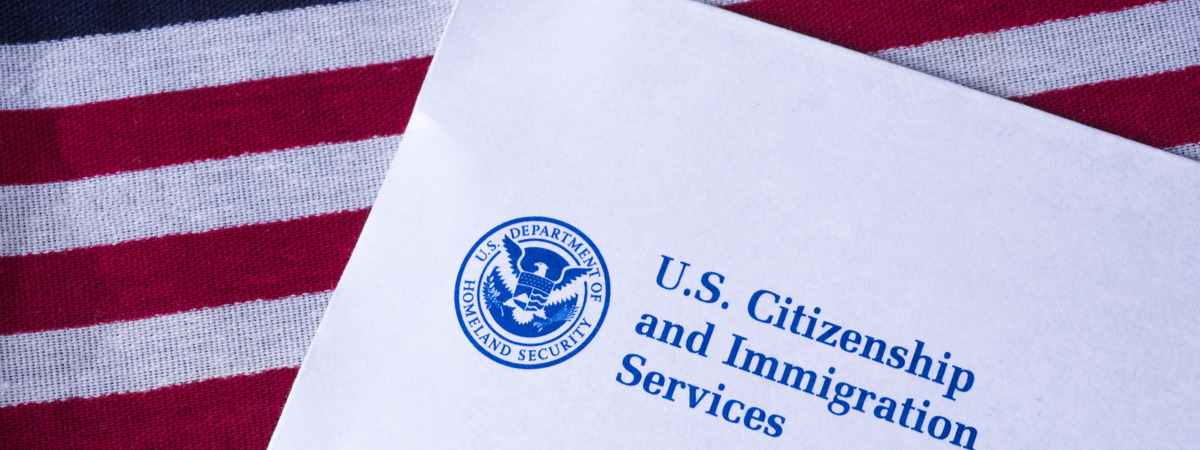The U.S. Department of State (DOS) has released the monthly Visa Bulletin for October 2022 — the first month of Fiscal Year 2023. A review of the Visa Bulletin shows that the Employment Based 5th (EB-5) visa category for nationals of Mainland China has retrogressed, with cutoff date moving from Dec. 22, 2015 to March 22, 2015. Furthermore, the Visa Bulletin also shows retrogression for India-born investors, with cutoff date of Nov. 8, 2019. This applies to EB-5 investors undergoing immigrant visa processing or adjustment of status whose EB-5 petition was filed prior to the passage of the EB-5 Reform and Integrity Act of 2022.
Those investors filing EB-5 petitions under the provisions of the EB-5 Reform and Integrity Act of 2022 in reserved categories, which include visas associated with investments in rural projects, high unemployment areas, and infrastructure projects, are able to utilize the immigrant visa set-asides and are therefore not subject to retrogression.
Retrogression means that investors born in Mainland China and India with priority dates prior to the cut-off dates shown in the visa bulletin will not have their immigrant visa interviews scheduled, immigrant visa applications approved, or Applications to Adjust Status adjudicated until such time that their priority dates become current again based on the DOS Visa Bulletin’s Chart A Final Action Dates.
U.S. Citizenship and Immigration Services (USCIS) has not yet announced whether those filing for Adjustment of Status in the United States in the month of October will be able to take advantage of Chart B Dates for Filing. Should USCIS allow this, India-born investors with priority dates prior to Dec. 8, 2019 and Mainland-China-born investors with priority dates prior to Jan. 1, 2016, will still be able to file Applications to Adjust Status, though they will not be adjudicated until visas become available per Chart A Final Action Date, subject to USCIS processing times. If USCIS instructs that any Adjustment of Status filings must be undertaken based on Chart A Final Action Dates, those Mainland-China- and India-born investors in the United States in valid nonimmigrant status will remain unable to file their Applications to Adjust Status subject to the Final Action Date cutoffs outlined above.
In addition to potential delays in obtaining a green card, EB-5 investors should also be aware that retrogression may impact their child’s ability to obtain a derivative green card. A child is only eligible to become a permanent resident as a derivative of the primary investor if the child is under the age of 21. The Child Status Protection Act (CSPA) provides some protection for dependent children while the I-526 petition is pending but may not protect a child from “ageing-out” as a result of a lengthy delay in obtaining a visa number.
* Special thanks to Jessica DeNisi for her valuable contributions to this GT blog post.






